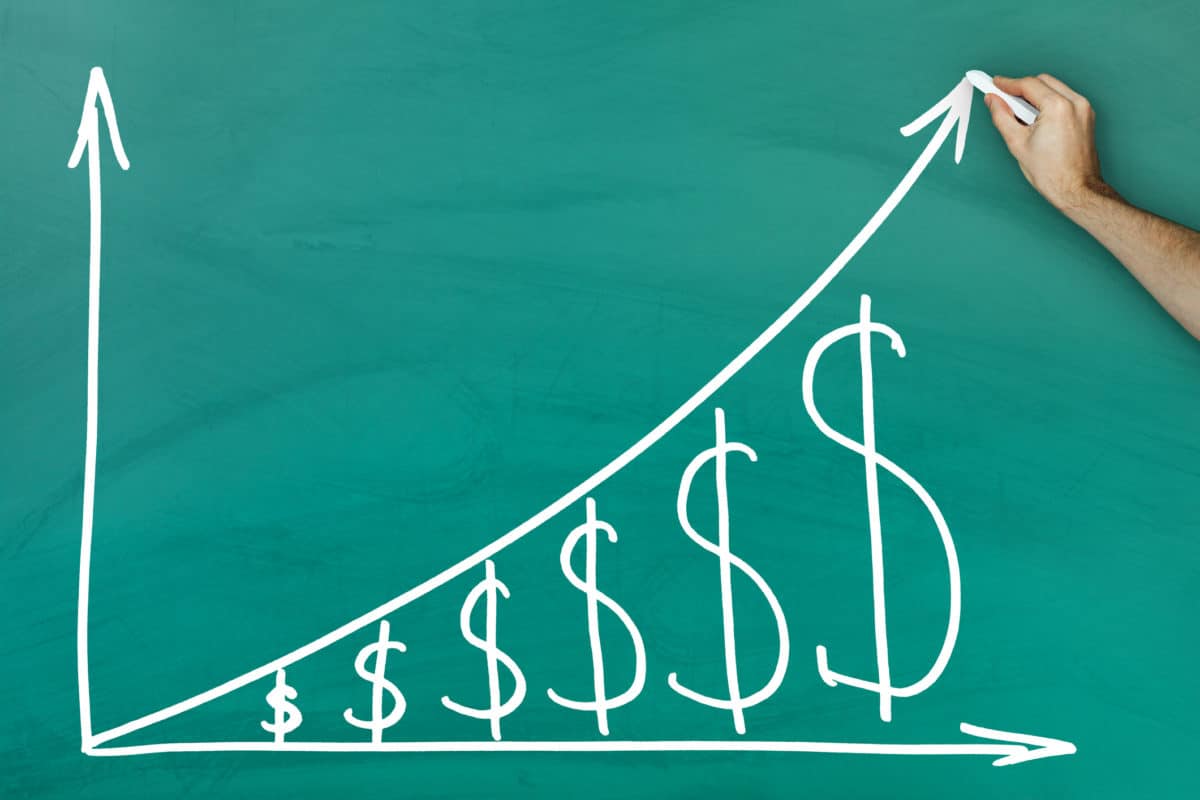You don’t have to be the best investor to make decent returns on your investments. For example, you might wisely choose to buy and hold one of the best Canadian banks — Toronto-Dominion Bank (TSX:TD) — which would have been a fine investment. If you had invested $10,000 in TD stock since 2011, it would be worth about $31,238 today based on a compound annual growth rate (CAGR) of about 9.5%.
The bank stock has been consolidating. Since mid-2022, it has been trading within the range of approximately $76 and $90 per share. It is range-bound from higher uncertainty in the economy. Economists believe both Canada and the United States could experience a recession by next year due partly to the rapid increase of interest rates by the central banks to put inflation under control. This has driven higher interest expense for loans. Consequently, there are higher loan loss provisions, and the bank’s earnings are lowered. At least, in the meantime, shareholders get a dividend income they can rely on. This income is likely to increase over time.
TD Bank’s result results
TD Bank reported its fiscal second-quarter results on May 25. For the fiscal year to date, its adjusted revenue climbed 15% to $25,641 million, but adjusted net income only rose 5% to $7,907 million. Loan loss provisions were $1,289 million (versus $99 million in the prior fiscal year period), and adjusted non-interest expense jumped 11% to $13,234 million, which weighed on earnings. Ultimately, adjusted earnings per share (EPS) were $4.17, up 2% year over year.
In the first half of the fiscal year, TD’s adjusted return on equity was 15.1% versus 15.8% a year ago. At the end of the fiscal second quarter (Q2), its common equity tier-one (CET1) ratio was 15.3% compared with 14.7% a year ago. So, the bank continues to make good returns for its investors and remains well capitalized.
TD stock’s valuation
At $86.14 per share at writing, TD stock trades at about 10.3 times adjusted earnings, which is a discount of about 12% from its long-term normal valuation. It could take three to five years for the reversion to the mean. Indeed, analysts are less bullish about the stock in the near term. Currently, the 12-month consensus price target represents a discount of about 7%. In other words, they believe the stock is fairly priced.
What if you invested $10,000 in TD stock today?
A good portion of TD stock’s returns come from its dividends. At writing, it offers a nice dividend yield of almost 4.5%. And its 10-year dividend-growth rate is about 9.4%. Its payout ratio is estimated to be sustainable at roughly 46% of adjusted earnings this year. Furthermore, it has a treasure chest of retained earnings that could help serve as a cushion for its dividend if needed. And the company’s earnings are anticipated to persistently grow for the long haul.
Management’s medium-term goal is to grow its adjusted EPS by 7-10% per year. Let’s say it increased its EPS at a CAGR of 7% over the next five years. It would represent a five-year price target of $129.98. Combined with its dividend yield at writing, it suggests an estimated total return of approximately 13%, which would be quite satisfying.








